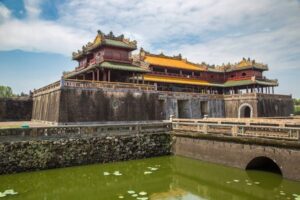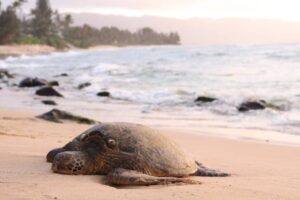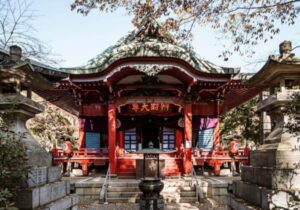The Travel Blog
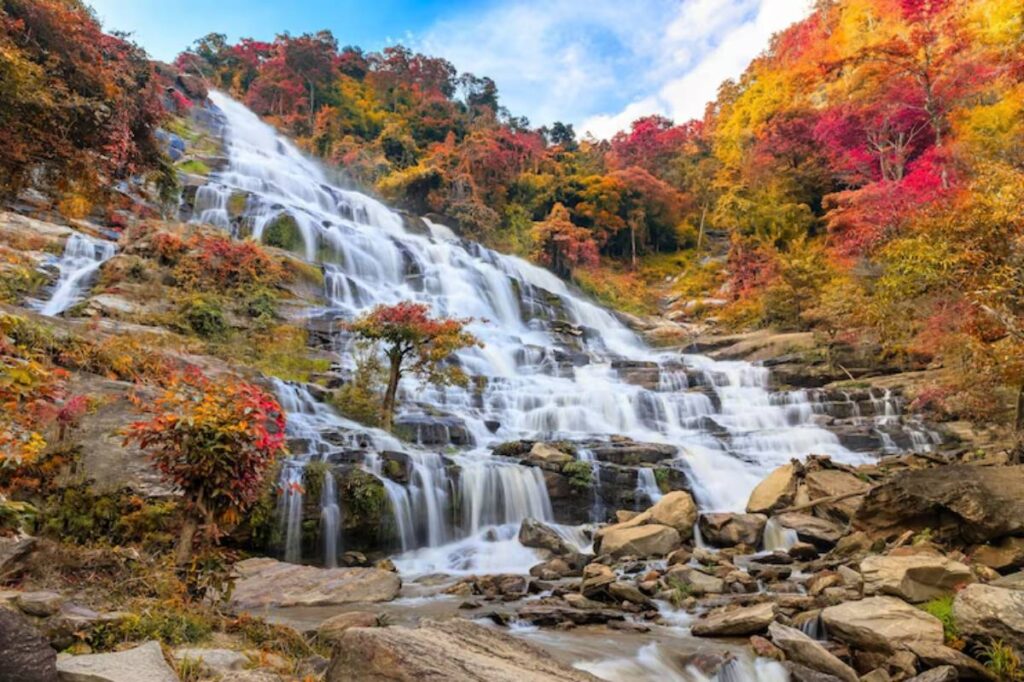
Jeju Island, South Korea: Volcanic Landscapes and Waterfalls
South Korea’s Nature-Filled Escape You Never Knew You Needed
Imagine standing at the edge of a volcanic crater as sea winds whip through your hair. Below, a network of waterfalls tumbles through ancient lava tubes, while cherry blossoms bloom in quiet harmony with rugged terrain. This is Jeju Island, Korea — a breathtaking volcanic paradise that effortlessly fuses natural beauty, rich heritage, and soul-reviving serenity.
As one of the most unique volcanic islands in Asia, Jeju isn’t just for honeymooners or K-drama fans. It’s a mecca for hikers, spiritual seekers, and travellers wanting more than a surface-level getaway. Whether you crave waterfalls and hikes or want to delve into the island’s geological and cultural treasures, this blog will guide you through it all.
Why Jeju Island Should Be on Your Travel Radar
Uniqueness at Every Turn
Situated south of the Korean Peninsula, Jeju is a UNESCO World Heritage Site and South Korea’s largest island.
It was formed entirely from volcanic eruptions, giving it:
- Over 360 volcanic cones (called oreum)
- Lava tubes that run for miles underground
- Crater lakes, dramatic cliffs, and rich biodiversity
Its moderate climate and slower pace make it a favourite escape for Koreans and increasingly, for international travellers.
Interested in discovering other hidden nature-based locations? Explore Nikko, Japan: Shinto Shrines and Natural Beauty.
Hiking Through Volcanic History
1. Hallasan Mountain: Korea’s Tallest Peak
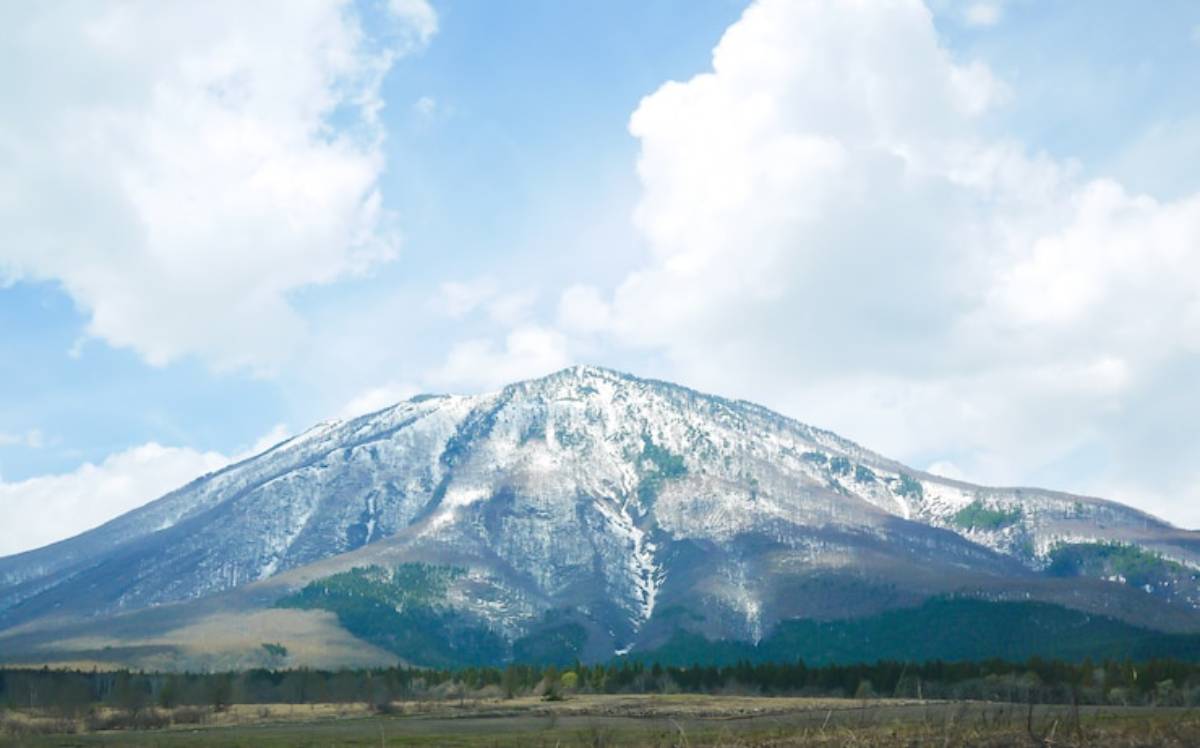
Rising 1,950 metres above sea level, Hallasan is both a dormant volcano and the spiritual heart of Jeju.
Why hike it:
- Crater Lake Baengnokdam at the summit
- Rare alpine flora and dense forests
- Wildlife, including deer and unique bird species
Top trails:
- Seongpanak Trail (9.6 km one way) – gradual and scenic
- Gwaneumsa Trail (8.7 km one way) – steeper and more adventurous
2. Oreum Hikes: Smaller, Quieter, Equally Stunning
Jeju’s lesser-known cones offer short, rewarding hikes. Try:
- Darangshi Oreum: Crater views and peaceful fields
- Seongsan Ilchulbong (Sunrise Peak): A tuff cone rising from the sea, ideal for sunrise
Chasing Jeju’s Waterfalls
1. Cheonjiyeon Falls
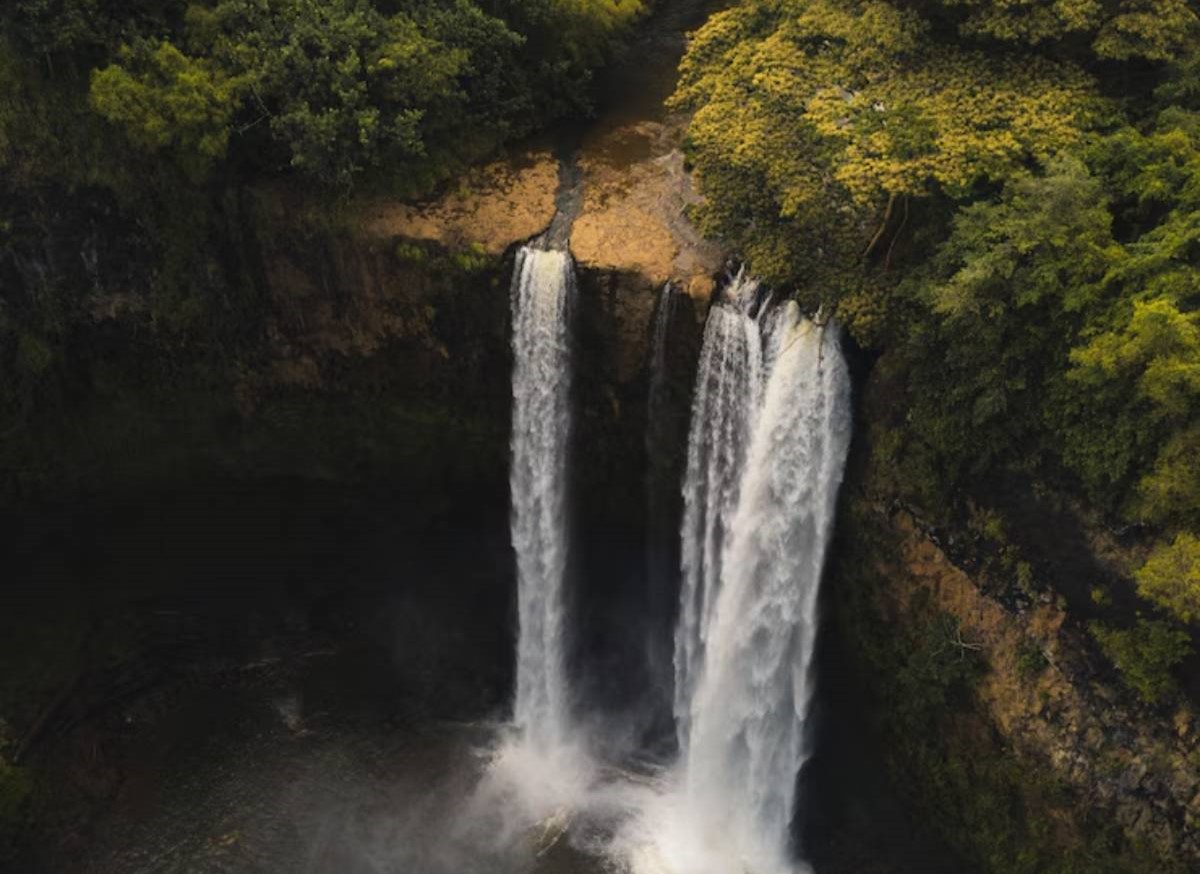
Tucked within a landscaped park, Cheonjiyeon (“Pond of Heaven”) lives up to its name with serene cascades, vibrant flora, and legend-rich surroundings.
What to expect:
- Night lighting for romantic strolls
- Bridges and walkways for easy access
- Stone pillars from cooled lava flows
2. Jeongbang Falls
Unique in Asia, Jeongbang is one of the only waterfalls that drops directly into the sea.
- Height: 23 metres
- Located near Seogwipo
- Best visited after rain for maximum power
3. Eongtto Falls
Often overlooked, Eongtto only appears after heavy rainfall, creating an ephemeral, magical moment. It’s a secret reward for patient adventurers.
Cultural Treasures Among Nature
Meet the Haenyeo: Jeju’s Legendary Sea Women
These female divers, some well into their 70s, free-dive without oxygen tanks to harvest seafood. Recognised by UNESCO, they embody resilience, independence, and cultural pride.
You can:
- Watch them in action at Seongsan or Hado
- Visit the Haenyeo Museum to learn about their history
Jeju Stone Culture and Dol hareubang
These iconic volcanic stone statues represent guardian spirits. Scattered across the island, they reflect Jeju’s deep connection with the earth and mythology.
Where to see them:
- Jeju Folklore and Natural History Museum
- Dol Hareubang Park
Island Life and Local Flavours
Traditional Markets
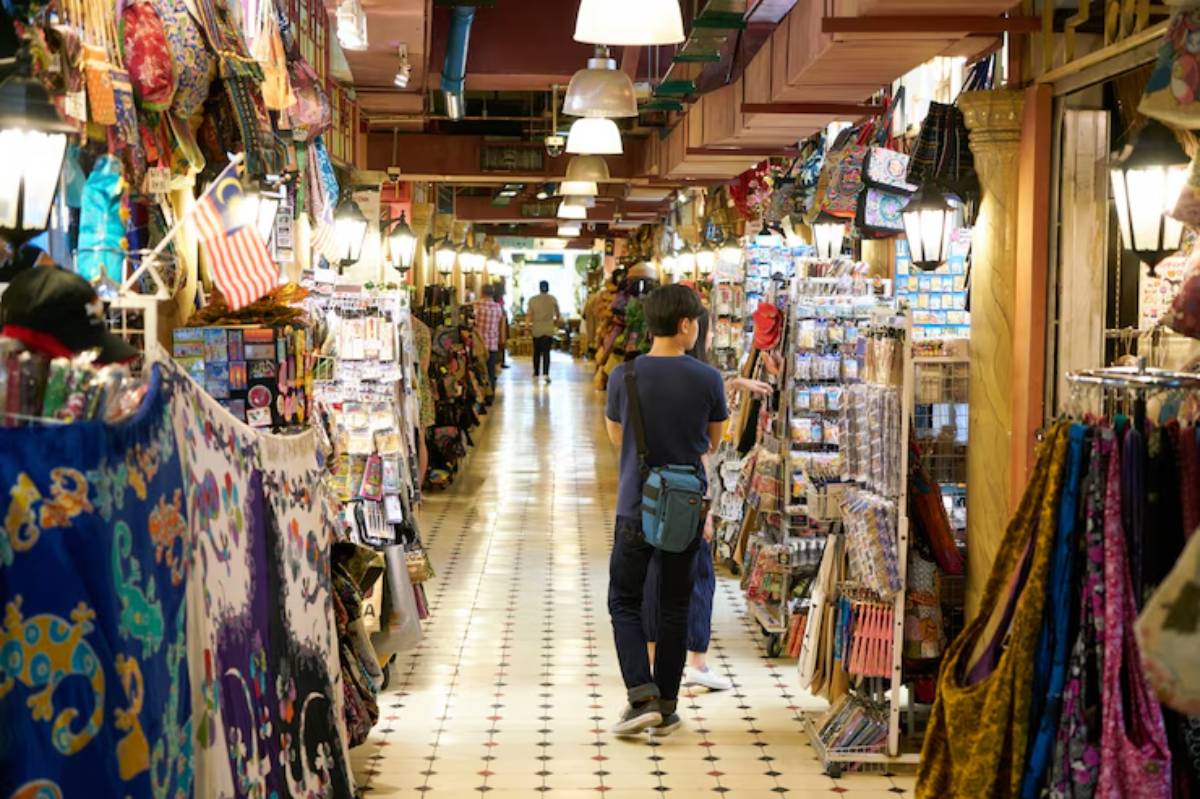
Explore Dongmun Market or Seogwipo Maeil Olle Market for:
- Fresh tangerines (Jeju’s pride)
- Abalone porridge (jeonbokjuk)
- Seafood pancakes
- Local snacks and dried fish
Unique Stays
Want to sleep in a thatched-roof house or eco-lodge amid a tangerine orchard? Jeju offers a range of:
- Boutique homestays
- Farmstays
- Hanok-style inns
Getting Around
- Buses: Well-connected but slow
- Rental car: Best option for flexible exploring
- Bikes or scooters: Great for coastal routes
Responsible Exploration
Jeju’s delicate ecosystems and cultural heritage call for thoughtful travel.
Responsible travel tips:
- Stay on designated hiking paths
- Avoid touching coral or disturbing tide pools
- Support family-run restaurants and guesthouses
- Use reef-safe sunscreen and reusable containers
When to Visit Jeju Island
- Spring (Mar–May): Cherry blossoms and lush greenery
- Summer (Jun–Aug): Great for beaches and swimming
- Autumn (Sep–Nov): Crisp air, autumn leaves, best hiking conditions
- Winter (Dec–Feb): Snow-capped Hallasan and quieter trails
Jeju is a true year-round destination, but shoulder seasons offer fewer crowds and ideal weather.
Hidden Trails and Secret Caves: Jeju’s Lesser-Known Wonders
While Hallasan and the waterfalls headline most itineraries, Jeju’s true magic often lies in its quieter corners — places where few tourists go, but where nature still sings.
Manjanggul Lava Tube
This UNESCO-listed lava cave stretches over 13 kilometres underground, but only about 1 kilometre is open to visitors. Inside, you’ll walk through cooled lava formations that resemble giant frozen waves. It’s cool (literally and figuratively), eerie, and awe-inspiring.
What to bring:
- A light jacket (temperatures inside stay around 11°C year-round)
- Comfortable shoes (the floor is uneven in parts)
- Curiosity — there are few places on Earth quite like this
Gotjawal Forest
Unlike any other ecosystem in Korea, this ancient lava forest feels almost primordial. The terrain was once thought to be unusable for agriculture, which preserved its rich biodiversity. Today, it’s a quiet paradise for eco-walkers and birdwatchers.
Why it matters:
- Home to rare and endangered species
- Natural carbon sink that protects Jeju’s freshwater supply
- A peaceful retreat with dappled sunlight and birdsong
To explore, head to the Seonheul Gotjawal trail system, which offers a well-maintained path through this enchanting forest.
Final Thoughts: More Than Just a Scenic Getaway
Jeju Island isn’t just a stop on your South Korea itinerary — it’s a destination that deserves full attention. With its raw volcanic power, tranquil forests, cascading waterfalls, and living traditions, it has a way of pulling you into something deeper.
You come for the hikes and hot springs, but stay for the stories, silence, and sense of wonder.
Inspired to walk along a volcanic ridge or watch sea women dive with grace? Share this with your travel circle, comment with your favourite hike, or start plotting your escape to Jeju today.
Planning a trip that connects multiple hidden nature destinations? Read How to Discover Asia’s Hidden Gems Using Local Transport.



